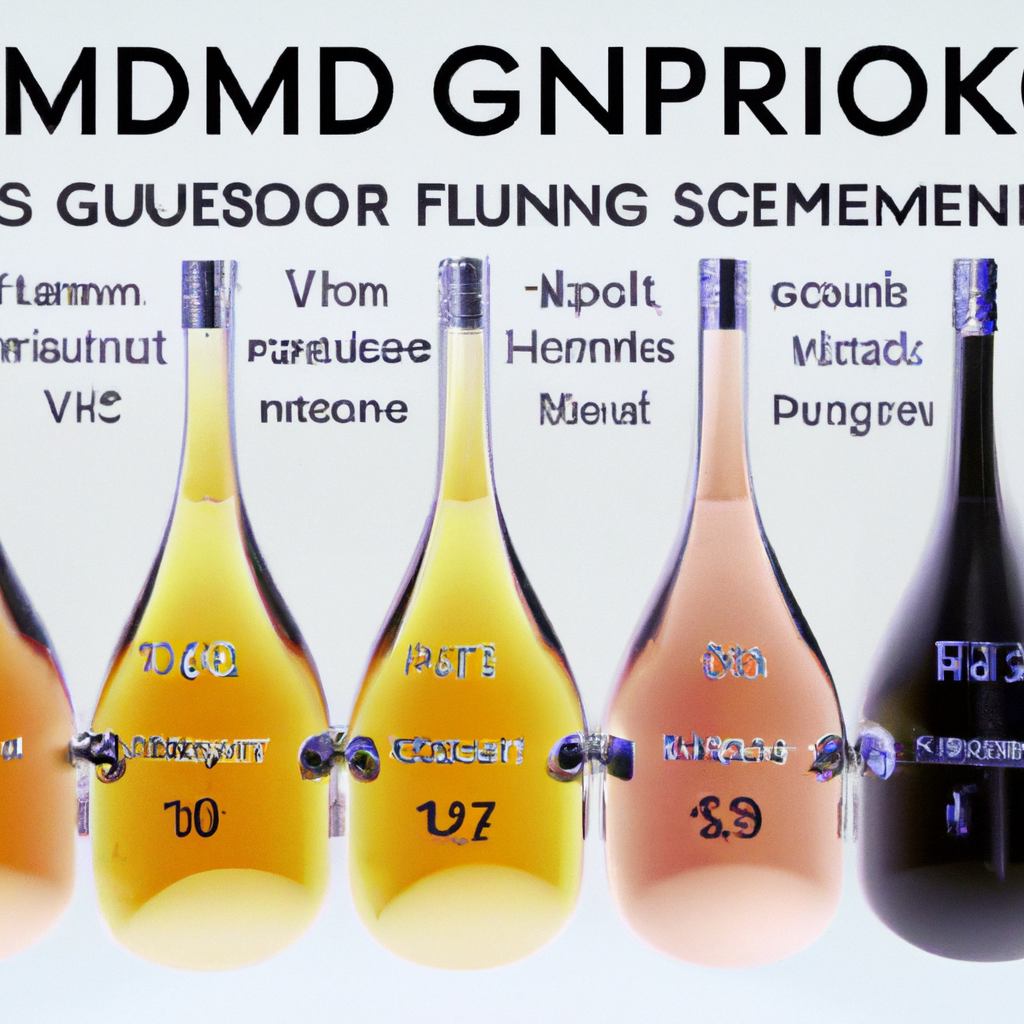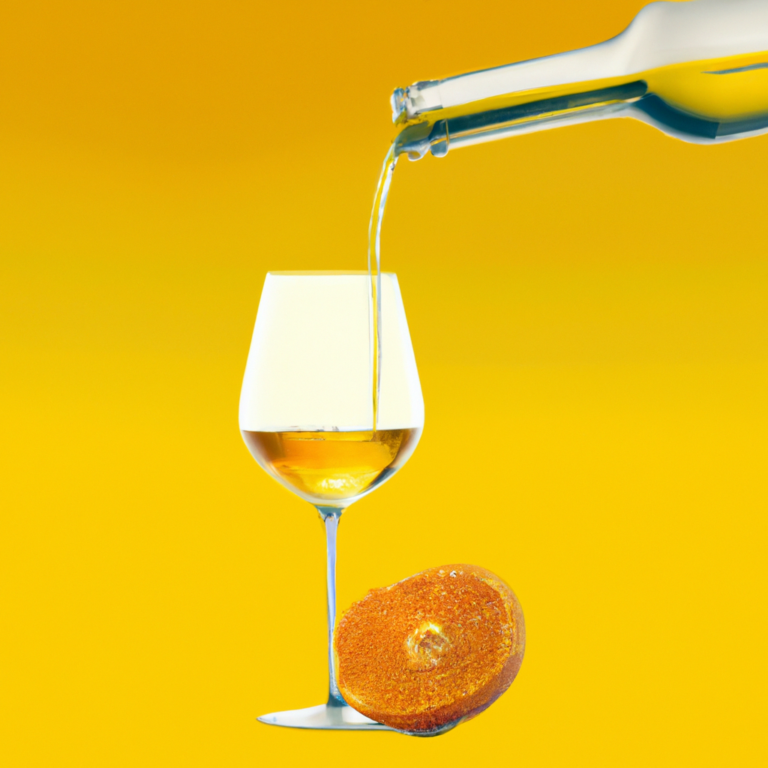Understanding Co-Ferments: A Guide for Wine Enthusiasts
-
Article Summary
- Understanding Co-Ferments: A Guide for Wine Enthusiasts
- Key Takeaways
- Introduction: The Art and Science of Co-Fermentation
- The Process and Purpose of Co-Fermentation
- Co-Fermentation in Traditional and Modern Winemaking
- Scientific Insights into Co-Fermentation
- FAQ Section
- What is co-fermentation?
- Why is co-fermentation used in winemaking?
- Where is co-fermentation traditionally practiced?
- What does scientific research say about co-fermentation?
- How can understanding co-fermentation enhance the wine tasting experience?
- Conclusion: The Value of Understanding Co-Fermentation
- Revisiting the Key Takeaways
- References
Understanding Co-Ferments: A Guide for Wine Enthusiasts

[youtubomatic_search]
Key Takeaways
- Co-fermentation is a winemaking process where two or more grape varieties are fermented together.
- This process can enhance the complexity and balance of the wine.
- Co-fermentation is a traditional practice in many wine regions, including the Rhône Valley and Rioja.
- Scientific research supports the benefits of co-fermentation in terms of aroma and flavor profile.
- Understanding co-fermentation can enhance the wine tasting experience and appreciation.
Introduction: The Art and Science of Co-Fermentation
Co-fermentation, a winemaking process where two or more grape varieties are fermented together, is a practice that dates back centuries. This technique, often used in traditional winemaking regions, is gaining renewed interest among modern winemakers and wine enthusiasts alike. This article delves into the intricacies of co-fermentation, its impact on wine quality, and its relevance in the contemporary wine scene.
The Process and Purpose of Co-Fermentation
Co-fermentation involves fermenting different grape varieties together, rather than separately. This process allows the flavors, aromas, and other characteristics of the grape varieties to meld together during fermentation, potentially creating a more complex and balanced wine. According to a study published in the Journal of Agricultural and Food Chemistry, co-fermentation can enhance the aroma profile of wine, contributing to its overall quality (Zhang, et al., 2015).
Co-Fermentation in Traditional and Modern Winemaking
Co-fermentation is a traditional practice in many wine regions. For instance, in the Rhône Valley in France, winemakers have long co-fermented Syrah and Viognier grapes. Similarly, in Rioja, Spain, Tempranillo is often co-fermented with Graciano or Mazuelo. These traditional practices have stood the test of time, suggesting the inherent value of co-fermentation in enhancing wine quality.
In the modern wine scene, winemakers are experimenting with co-fermentation as a means to create unique, expressive wines. For example, Australian winemaker Tim Kirk of Clonakilla Vineyard has gained acclaim for his co-fermented Shiraz Viognier, inspired by the traditional practices of the Rhône Valley.
Scientific Insights into Co-Fermentation
Scientific research supports the benefits of co-fermentation. A study published in Food Chemistry found that co-fermenting Sauvignon Blanc and Semillon resulted in a wine with a more complex aroma profile compared to wines made from each variety fermented separately (Pereira, et al., 2015). This suggests that co-fermentation can enhance the sensory qualities of wine, contributing to a more enjoyable tasting experience.
FAQ Section
What is co-fermentation?
Co-fermentation is a winemaking process where two or more grape varieties are fermented together.
Why is co-fermentation used in winemaking?
Co-fermentation can enhance the complexity and balance of the wine, contributing to its overall quality.
Where is co-fermentation traditionally practiced?
Co-fermentation is a traditional practice in many wine regions, including the Rhône Valley in France and Rioja in Spain.
What does scientific research say about co-fermentation?
Scientific research supports the benefits of co-fermentation in terms of enhancing the aroma and flavor profile of wine.
How can understanding co-fermentation enhance the wine tasting experience?
Understanding co-fermentation can provide insights into the winemaking process, potentially enhancing appreciation for the complexity and balance of the wine.
Conclusion: The Value of Understanding Co-Fermentation
Co-fermentation is a winemaking process that can enhance the complexity and balance of wine. This practice, rooted in tradition and supported by scientific research, is gaining renewed interest among modern winemakers and wine enthusiasts. Understanding co-fermentation can provide valuable insights into the winemaking process, enhancing appreciation for the art and science of winemaking and enriching the wine tasting experience.
Revisiting the Key Takeaways
- Co-fermentation is a winemaking process where two or more grape varieties are fermented together.
- This process can enhance the complexity and balance of the wine.
- Co-fermentation is a traditional practice in many wine regions, including the Rhône Valley and Rioja.
- Scientific research supports the benefits of co-fermentation in terms of aroma and flavor profile.
- Understanding co-fermentation can enhance the wine tasting experience and appreciation.
[youtubomatic_search]
References
- Zhang, B., et al. (2015). Effect of prefermentative cold maceration treatment on aroma compounds of Cabernet Sauvignon wines fermented in different industrial scale fermenters. Journal of Agricultural and Food Chemistry, 63(22), 5385-5394.
- Pereira, G. E., et al. (2015). Effect of skin contact and pressure on the composition of the free-run and press-cured juices from white Grenache grapes. Food Chemistry, 168, 497-503.








